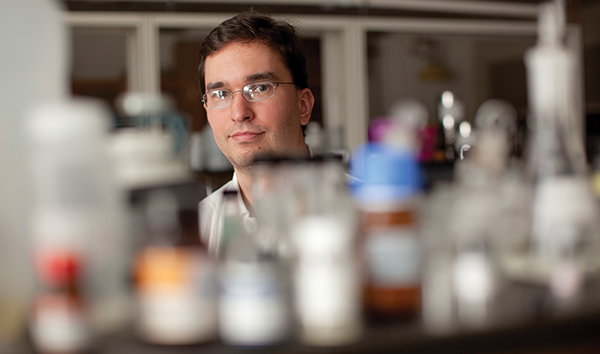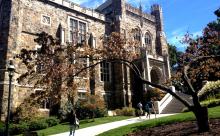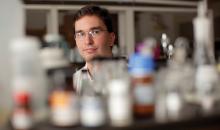
Anions, ions with net negative charges, that interact weakly with cations, ions with positive charges, are known as weakly coordinating anions (WCAs). An anion is weakly coordinating when its charge is delocalized over the entire surface of the anion rather than localized at a specific atom. These anions have many technological applications and are the focus of research by Kai Landskron.
WCAs have been found to be very useful for the stabilization of highly electrophilic, organometallic cations for applications in catalysis. Due to the weak interaction between cation and anion, there is a low tendency for ion pairing in solution, and this property is utilized in battery electrolytes.
Synthesizing porous materials with interconnected WCA building blocks (P-WCAs) is the focus of new research by Landskron. Similarly to the molecular WCAs, there are no strong coordination sites for the cations; differently, the cations are located inside nanopores. To produce these frameworks, Landskron will develop strategies to identify reactions that will interconnect tetrahedral boron (III) as well as octahedral phosphorus (V) using organic bridging ligands to form porous structures. Funded by the Department of Energy, his laboratory will then study the energy-relevant properties for P-WCAs that are created from this new structural feature.
“These materials promise to have a host of interesting properties, reaching from ion conducting to ion exchange to catalytic to adsorptive properties,” says Landskron, associate professor of chemistry.
The weak coordination of cations in the nanopores suggests that the ions can be exchanged, he says. The exchange is expected to coincide with high ion mobility and high ion conductivity, suggesting potential utility of P-WCAs as solid state electrolytes. The weakly coordinated metal cations in the nanopores of P-WCAs are expected to be highly electrophilic adsorption sites for gas molecules that enter the nanopores, which is relevant for gas separation and storage.
“We are investigating these properties broadly because we’re accessing a new class of compounds so we don’t know in which area our materials will perform best,” Landskron says. “We have to look at all these properties systematically and see what’s the most promising area. Once we know that, we can focus on a specific application and further tailor these materials toward these applications.”
In related research efforts, Landskron’s lab investigates other nanoporous materials, which are highly important for a range of critical technological challenges facing society. The applications of nanoporous materials span many areas, including greenhouse gas reduction, to catalytic converters, to air and water purification, to energy storage applications.
































